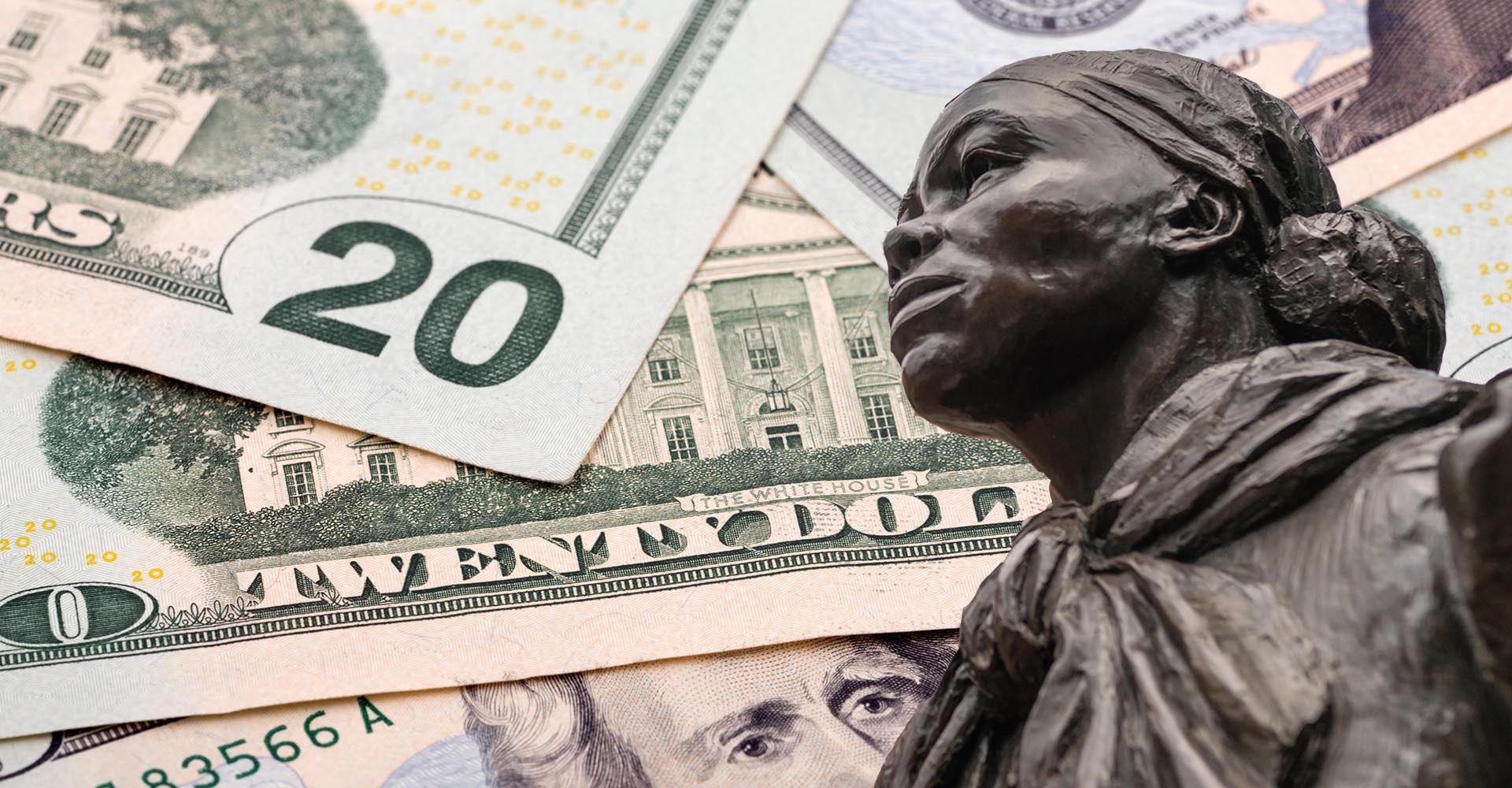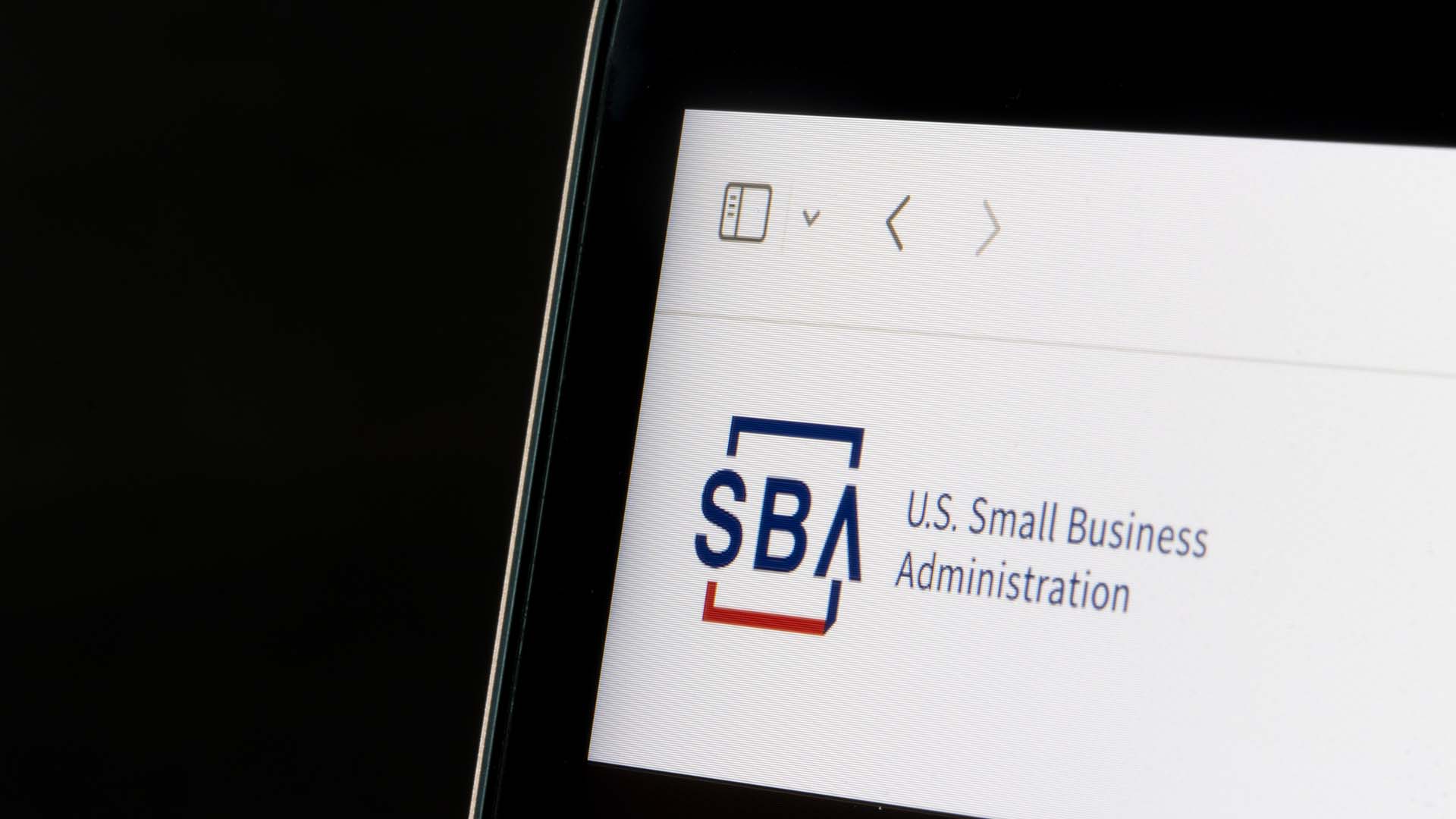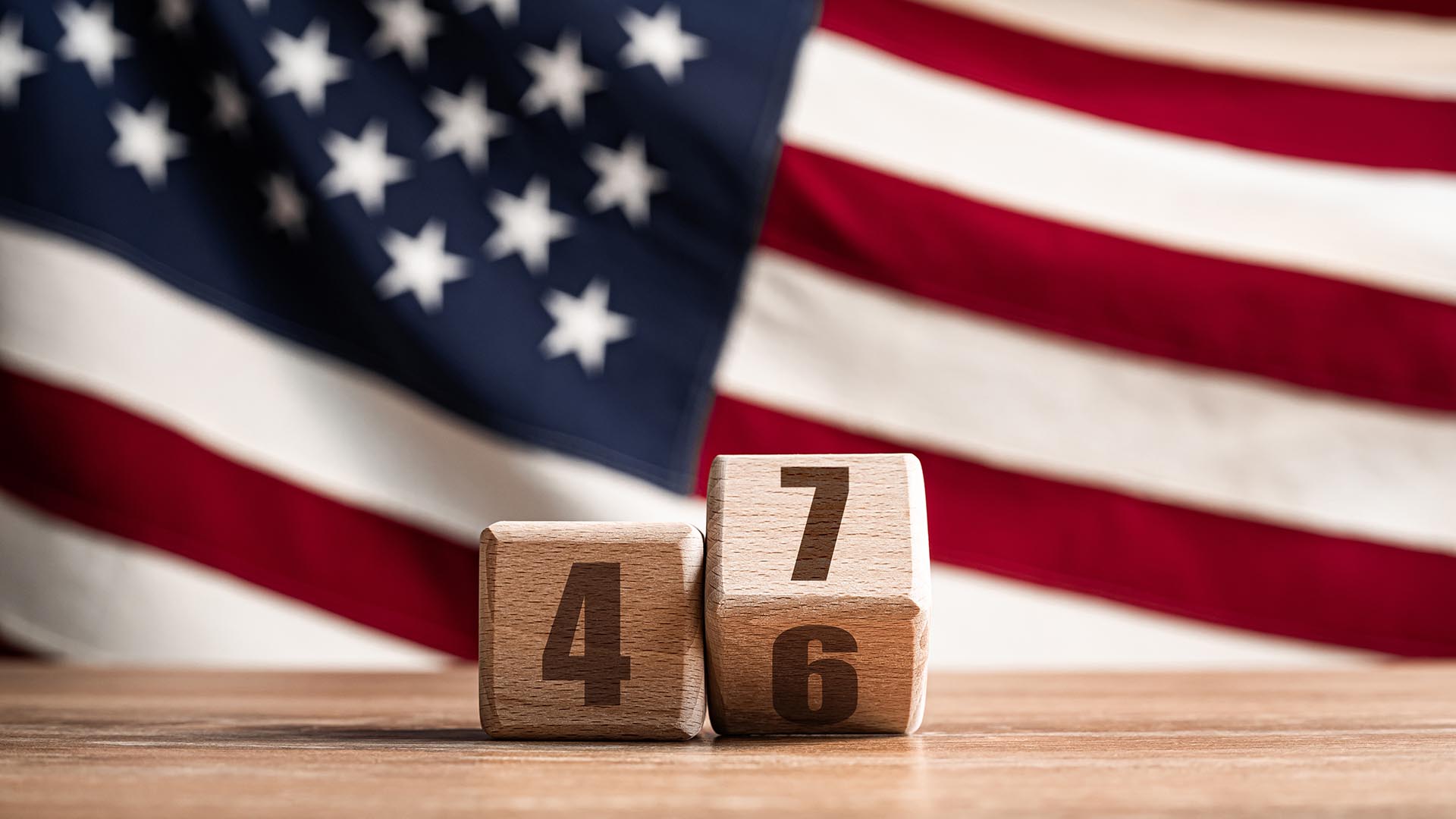Does putting Harriet Tubman on the $20 bill honor her memory?
The Biden administration has revived efforts to make the abolitionist the first Black American on a U.S. bill. But aspects of the plan give some scholars pause. Here’s why.

Five days after taking office, the Biden administration announced it was accelerating Obama-era plans to make Harriet Tubman the new face of the $20 bill. She would replace the seventh president, Andrew Jackson, becoming the third woman in U.S. history to appear on the nation’s currency and the first Black American on a federally sanctioned bill.
“It’s important that our (money) … reflect the history and diversity of our country, White House press secretary Jen Psaki told reporters Jan. 25, “and Harriet Tubman’s image gracing the new $20 note would certainly reflect that.”
If you take it for granted that appearing on money is a good thing, Shelby Balik, Ph.D., associate professor of history at Metropolitan State University of Denver, supports the idea in the balance.
However, aspects of the plan do give her and other scholars pause. Balik, who teaches about historical memory, which often takes shape through controversies over statues and symbols, said that considering the history of our country and the figures involved is critical. Here are the aspects of the plan and the American history we should think about in considering how to best honor Tubman.
‘Statesmen only’
The Obama administration started the project to put Tubman on the $20 bill in 2016 and hoped the redesigned bill would be unveiled in 2020. Then-presidential candidate Donald Trump called the move an example of “pure political correctness,” and after he was elected president, his administration scrapped the plan. Trump administration Treasury Secretary Steven Mnuchin told lawmakers in May 2019 that his priority was redesigning bills to address counterfeiting issues and said no imagery changes were likely until 2026.
However, the complaint Balik said she hears most about featuring Tubman on the bill has nothing to do with security; it’s that it doesn’t keep with the American tradition of putting “statesmen” the likes of Lincoln, Washington and Franklin – on currency. While technically true, Balik said this contention isn’t “value-neutral” and misses a major point.
“This nation began with a system of entrenched inequality that made it impossible for anyone other than a white man to become a statesman,” she said.
It will take more than putting Tubman on the $20 bill to make up for that, she said.
“I do think we need to broaden our understanding of who is a historically important leader with the knowledge that certain populations were blocked from holding positions of formal power,” she said.
Tubman escaped slavery and led hundreds of enslaved people to freedom through the Underground Railroad. She then volunteered for the Union Army during the Civil War, recruiting a team of scouts to lead a gunboat raid that freed hundreds more enslaved people.
To date, the Lemhi Shoshone explorer Sacagawea and women’s suffragist Susan B. Anthony have appeared on U.S. dollar coins, as the only women to appear on U.S. currency.
“Other nations’ currency is much more interesting than ours,” Balik said. “Ours has always been very circumscribed.”
Symbol of capitalism built on slavery
With that in mind, some scholars are asking whether putting Tubman’s face on legal tender is the highest honor we can bestow.
In a widely read Time article, Brittney Cooper, a Rutgers University associate professor of Women’s, Gender and Sexuality Studies, called the plan to put Tubman on the bill “a sign of disrespect” to Tubman and a “stunning failure of imagination.”
“The imagery of (Tubman’s) face changing hands as people exchange cash for goods and services evokes, for me, discomfiting scenes of enslaved persons being handed over as payment for white debt or for anything white slaveholders wanted,” Cooper wrote.
The critique is legitimate, Balik acknowledged.
American capitalism was founded on slavery, and plantations were like “fancy factories” in which industrialized labor added elements of precision to agriculture, she said. And the Northern textile industry made clothes from the cotton grown on Southern plantations.
“We’d almost be making (Tubman) a symbol of her own oppression,” Balik said.
Jackson persists
The symbolism of U.S. currency isn’t the only irony.
The 2016 design being fast-tracked by the Biden administration still features a likeness of Jackson, a notoriously harsh slave owner who as president ordered the forced relocation of Native American tribes through the infamous “Trail of Tears” policy.
Thus, Tubman’s likeness will be positioned near that of “a truly awful specimen of a human being who ruled by the politics of personal vendetta,” Balik said.
Moreover, Balik doesn’t think Jackson would have considered his place on the bill an honor in the first place.
“(Jackson) absolutely despised the national banking system” and tried to shut it down, she said.
Being on a bill issued by the U.S. Treasury Department?
“He would’ve hated that,” Balik said.







